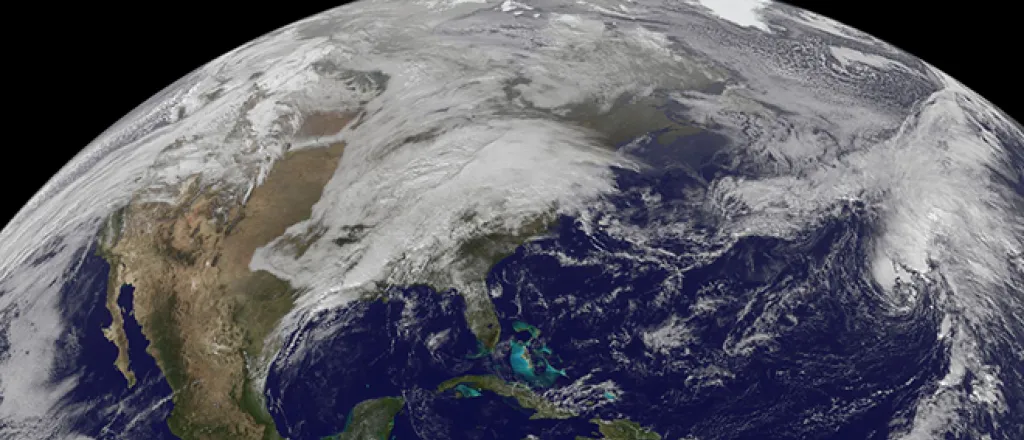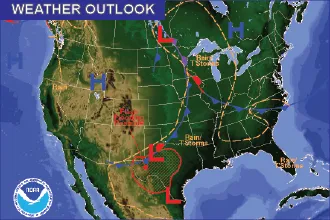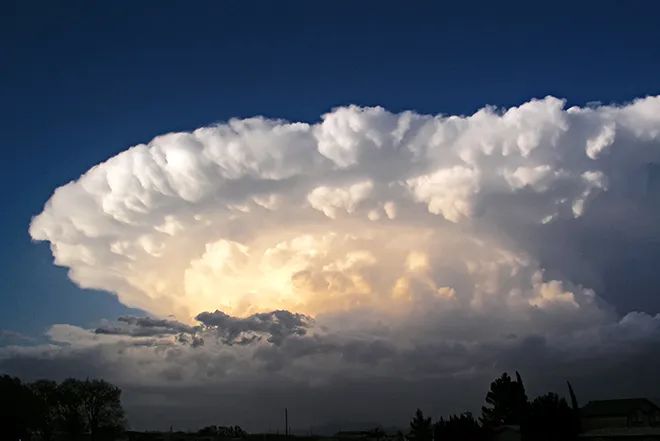
What Will El Niño be Like in The Future? For Answers, Scientists Look to The Past
Caribbean ocean temperatures preserved in 5-million-year-old corals provide clues
Scientists are trying to predict the future behavior of El Niño -- the formation of warmer-than-usual ocean waters in the equatorial Pacific -- by looking back in time.
The journal Geology published new findings suggesting that 5 million years ago, El Niño occurred with about the same frequency as it does today.
Using chemical signals from the corals, which reflect monthly changes in ocean temperatures, they could identify past El Niño activity.
The team tied variations in these temperatures to El Niño, the biggest reason why global climate varies on a year-to-year basis, and confirmed the result using computer simulations of ocean circulation.
"Studies such as ours allow for brief but clear images of what was happening in the distant past," Denniston says. "We now know that, at least for some period of time, modern El Niño-like activity existed in the greenhouse world of 5 million years ago."
During that increased greenhouse effect time, he says, El Niño appears to have been active in a form similar to today. "Knowing this may help computer modelers better understand projections of future climate," Denniston says.
The research team also included Thomas Weiss, a former student at Cornell College who is now at Columbia University, Alan Wanamaker of Iowa State University, Gabriele Villarini of the University of Iowa and Anna von der Heydt of Utrecht University in the Netherlands.
"Unlike many types of geologic records that can only track changes on timescales of decades to centuries or more, the coral samples used in this study provide a rare window into the seasonal and year-to-year variability of climate in the distant past," says Candace Major, a program director in NSF's Division of Ocean Sciences, which funded the research. "Records like these are valuable for understanding how the climate system operates, and for improving climate models."
El Niño, which today occurs every two to seven years, involves warm water moving from west to east across the tropical Pacific. The warm water stops when it hits South and Central America. This means Caribbean waters today don't experience as much temperature change during El Niño as do the waters of the eastern Pacific.
However, 5 million years ago, Central America hadn't fully formed, so warm water from the Pacific flowed into the Caribbean, where the fossil coral in the study once lived.
Future studies will look at additional coral records from 5 million years ago, Denniston says, and compare them with those from more recent periods to evaluate the evolution of El Niño over time.
Photo: A well-preserved piece of coral in sediments in the Cibao Valley, Dominican Republic. Courtesy: National Science Foundation – Rhawn Denniston
















